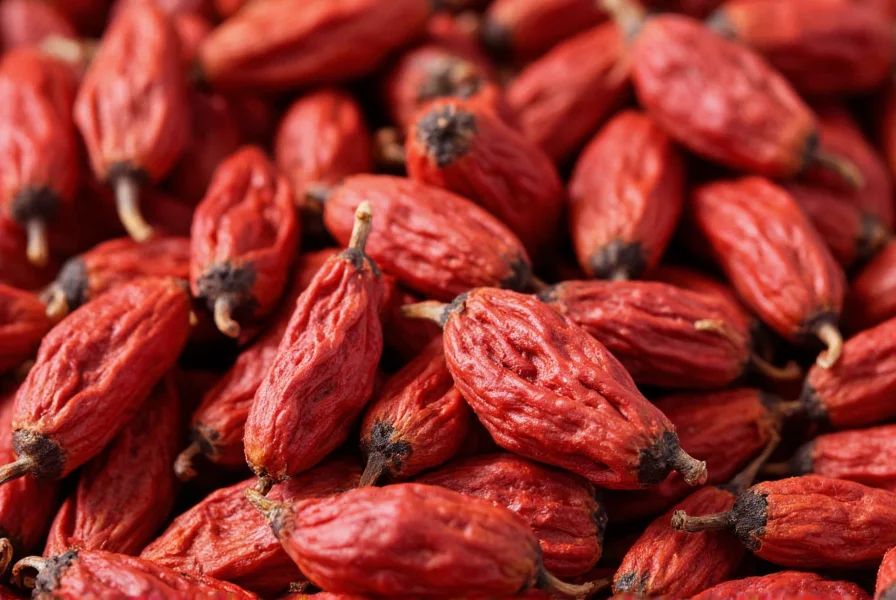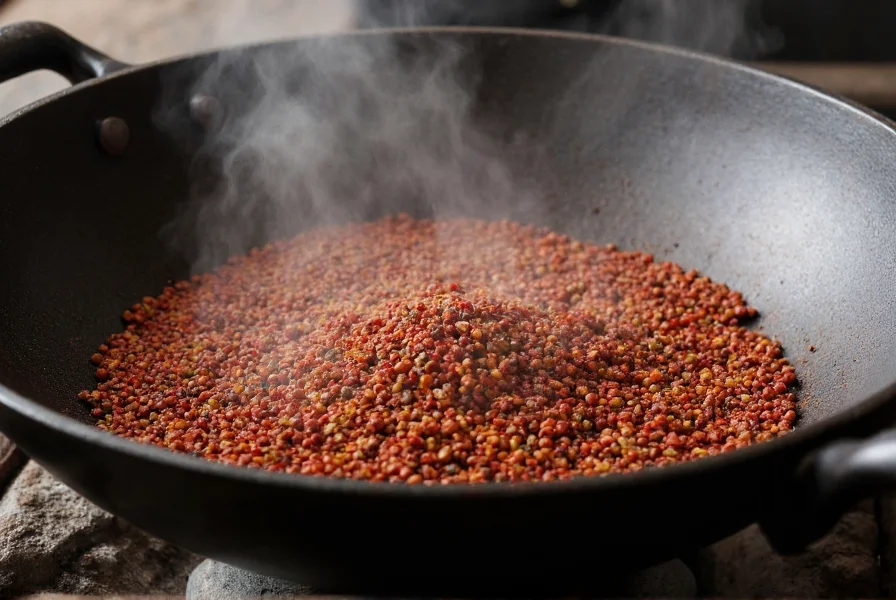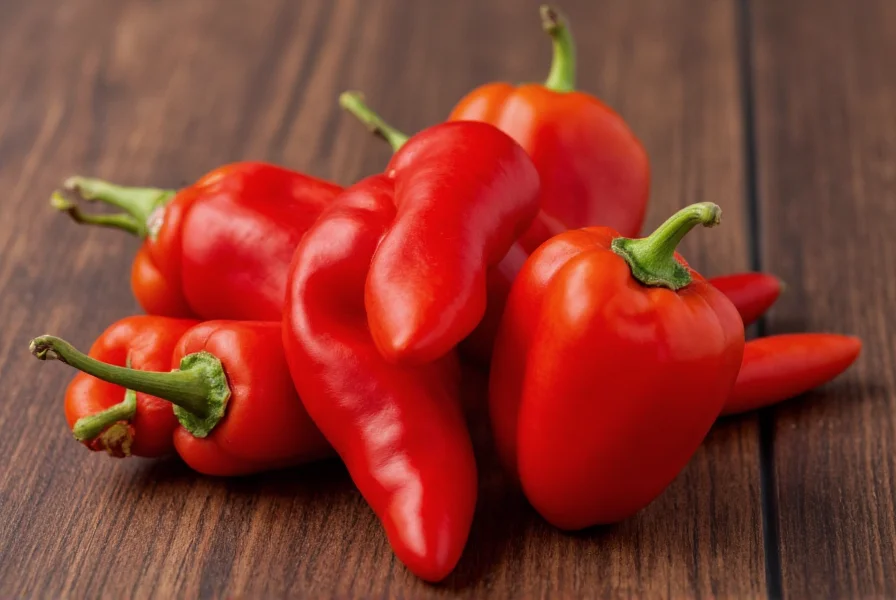Understanding Chinese Pepper: Beyond the Name
When searching for “chinese pepper,” most people are referring to Sichuan pepper, a cornerstone of Chinese culinary tradition for over 2,000 years. Despite its name, this spice belongs to the citrus family rather than the Capsicum family that includes chili peppers. The distinctive tingling sensation it creates on the tongue—known as “ma” in Chinese—results from hydroxy-alpha sanshool, a compound that stimulates nerve endings.
The Botanical Reality of Chinese Pepper
Sichuan pepper comes from several species of the Zanthoxylum genus, primarily Z. bungeanum (red Sichuan pepper) and Z. schinifolium (green Sichuan pepper or “hua jiao”). These small, reddish-brown husks encase black seeds that are typically removed before use, as they can be gritty and less flavorful.

Key Varieties of Chinese Pepper
| Variety | Origin | Flavor Profile | Best Culinary Uses |
|---|---|---|---|
| Hong hua jiao (Red) | Sichuan Province | Warm, woody, complex with strong numbing effect | Kung Pao chicken, mapo tofu, dry-fried dishes |
| Qing hua jiao (Green) | Gansu Province | Fresher, more citrusy, lighter numbing sensation | Fish dishes, lighter stir-fries, dipping sauces |
| Japanese sansho | Japan | Milder, more floral, less numbing | Grilled fish, yakiniku, tea blends |
What Makes Authentic Chinese Pepper Special
The quality of Sichuan pepper varies dramatically based on harvest time, processing, and storage. The best varieties are harvested in late summer when the husks begin to split open, revealing the black seeds inside. Properly dried peppers should be deep red or green (depending on variety) with a strong citrus-woody aroma. When crushed between fingers, high-quality Sichuan pepper releases a distinctive fragrance without excessive dust or broken pieces.
Many products labeled as “Chinese pepper” outside China are actually adulterated with inferior substitutes or have lost potency due to improper storage. Authentic Sichuan pepper should produce that characteristic tingling sensation within seconds of tasting. If you're searching for “where to buy real chinese pepper,” look for recently harvested batches from reputable Asian grocery stores or specialty spice merchants.
Culinary Applications of Chinese Pepper
Understanding “how to use chinese prickly ash in cooking” requires recognizing its unique properties. Unlike chili peppers that provide heat, Sichuan pepper's numbing effect actually enhances other flavors by temporarily desensitizing the tongue. This creates the famous “mala” (numbing and spicy) sensation when combined with chili peppers in dishes like mapo tofu.
Chefs typically toast Sichuan pepper in a dry pan before grinding to release essential oils, then add it late in the cooking process to preserve its volatile aromatics. For “authentic sichuan pepper recipes,” the spice often appears in three forms:
- Whole berries added to oil for infused flavors
- Finely ground as a finishing spice
- As part of five-spice powder blends
Selecting and Storing Chinese Pepper
When choosing Sichuan pepper, look for uniform color without excessive stems or seeds. The best indicator of freshness is aroma—it should smell citrusy and pine-like, not musty or stale. For those wondering “what is chinese pepper called in chinese,” knowing “huājiāo” (花椒) helps when shopping at Chinese markets.
Proper storage is critical for maintaining quality. Keep Sichuan pepper in an airtight container away from light and heat. Whole berries retain potency for 6-12 months, while ground pepper loses flavor within 2-3 months. For extended storage, refrigeration or freezing preserves the essential oils that create the distinctive numbing sensation.

Common Substitutes and Misconceptions
Many people confuse Sichuan pepper with black pepper or chili peppers, but “sichuan pepper vs black pepper” reveals completely different botanical families and sensory experiences. While black pepper provides sharp heat, Sichuan pepper creates a tingling vibration.
When authentic Chinese pepper isn't available, possible substitutes include:
- Japanese sansho pepper (closest relative)
- A blend of black pepper and coriander (partial flavor approximation)
- Timut pepper from Nepal (similar numbing effect)
However, none perfectly replicate the complex flavor profile of genuine Sichuan pepper. The green variety is particularly difficult to substitute, with its brighter, more lemony notes that work beautifully with fish and poultry dishes.
Traditional and Modern Applications
Beyond its culinary uses, Chinese pepper has historical significance in traditional Chinese medicine, where it's believed to have warming properties that aid digestion. While “sichuan pepper health benefits” aren't scientifically proven to the extent of medicinal claims, the spice does contain antioxidants and may have mild anti-inflammatory properties.
Contemporary chefs worldwide are experimenting with Sichuan pepper beyond traditional Chinese cuisine—infusing it into cocktails, incorporating it into chocolate desserts, and using it to add complexity to vegetable dishes. The key to successful experimentation is respecting its unique sensory properties rather than treating it like ordinary pepper.
Frequently Asked Questions
Is Chinese pepper actually related to black pepper or chili peppers?
No, Chinese pepper (Sichuan pepper) belongs to the Zanthoxylum genus in the citrus family, while black pepper comes from the Piper nigrum plant and chili peppers from the Capsicum genus. Despite the name, Sichuan pepper produces a numbing sensation rather than heat, making it botanically unrelated to both black and chili peppers.
Why does Chinese pepper make your mouth tingle?
The tingling, numbing sensation (called “ma” in Chinese) comes from hydroxy-alpha sanshool, a compound that stimulates nerve endings in your mouth. This creates a unique vibrating sensation at 50-70 Hz, which temporarily desensitizes the tongue and enhances other flavors when combined with chili peppers in the famous “mala” combination.
What's the difference between red and green Chinese pepper?
Red Sichuan pepper (hong hua jiao) has a warmer, more woody flavor with stronger numbing properties, while green Sichuan pepper (qing hua jiao) offers brighter, more citrusy notes with a lighter numbing sensation. Green variety is typically harvested earlier and works better with fish and poultry dishes, while red is preferred for heartier meat dishes.
How can I tell if my Chinese pepper is fresh?
Fresh Sichuan pepper should have a strong citrus-pine aroma when crushed between fingers. Look for uniform color (deep red or vibrant green depending on variety) with minimal broken pieces or dust. When tasted, it should produce the characteristic tingling sensation within 10-15 seconds. If it smells musty or produces little to no numbing effect, it's likely stale.
Can I grow Chinese pepper plants outside China?
Yes, Zanthoxylum plants can grow in USDA zones 7-10 with proper conditions. They prefer well-drained soil and partial sun. However, plants grown outside their native Sichuan and Gansu provinces may produce berries with different flavor profiles due to soil composition and climate variations. It typically takes 3-5 years for plants to produce harvestable berries.











 浙公网安备
33010002000092号
浙公网安备
33010002000092号 浙B2-20120091-4
浙B2-20120091-4